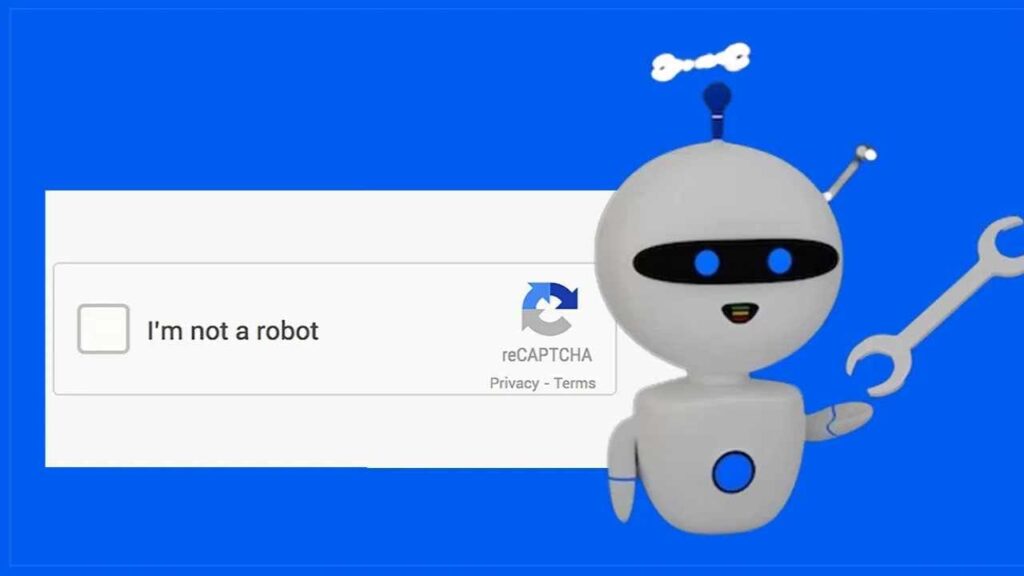How Does ‘I Am Not Robot’ Verification Work?
If you’ve ever tried to access a website, you may have encountered the ‘I Am Not Robot’ verification process. This step often prevents you from continuing unless you successfully complete it. But why do websites implement such verification tools? What are the underlying reasons for their use?
The Role of CAPTCHA in Online Security
CAPTCHA, or Completely Automated Public Turing test to tell Computers and Humans Apart, is employed by websites to distinguish between human users and bots. Typically, CAPTCHA requires users to type in distorted characters or select certain images based on instructions. The task, while seemingly simple, serves a key purpose – to hinder automated bots that could potentially exploit the website.
Why Is Verification Necessary?
Websites often face threats from automated bots that can spam services, abuse functionalities, or scrape data, leading to potential damage. As a countermeasure, security tools like CAPTCHA and ‘I Am Not Robot’ are put in place, significantly reducing the risk of malicious activities.
Human vs. Robot Actions: The Distinctions
When encountering the ‘I Am Not Robot’ verification, you usually have to click a checkbox. A common question arises: can a robot perform this action? While it’s technically possible for a bot to click the box, what really matters is how the user interacts with the page leading up to that action.
Here’s where the difference between human and bot behavior comes into play. A human’s cursor movement is often erratic and follows a non-linear path, moving in a zig-zag pattern towards the clickable box. In contrast, a bot generally moves in a straight line, indicating a mechanical nature. This variation in cursor movement is a critical factor; detection algorithms analyze these movements to determine whether the user is human or a bot.
The Technology Behind ‘I Am Not Robot’
Modern verification systems leverage advanced machine learning algorithms to improve their accuracy. They can track user interaction patterns, mouse trajectories, and even the time taken to complete actions. Machine learning helps create a database of what typical human interactions look like, allowing systems to effectively filter out bot-like behavior.
Best Practices for Implementing Verification
For website administrators, striking a balance between security and user experience is crucial. Here are some best practices:
- Use Time-Delayed Captcha: Implement CAPTCHA after a user has spent a certain amount of time on the site, which helps to avoid interruptive experiences for genuine users.
- Consider User Behavior: Utilize behavioral analysis that runs in the background rather than forcing users to interact with CAPTCHA each time.
- Mobile-Friendly Options: Ensure that the verification process is designed to be mobile-responsive for users accessing from different devices.
Conclusion
The ‘I Am Not Robot’ verification serves pivotal roles in online security, protecting websites from malicious bots while ensuring genuine human users can still navigate freely. By understanding how these systems work and the distinctions between human and bot behaviors, both website owners and users can contribute to a safer internet experience.
